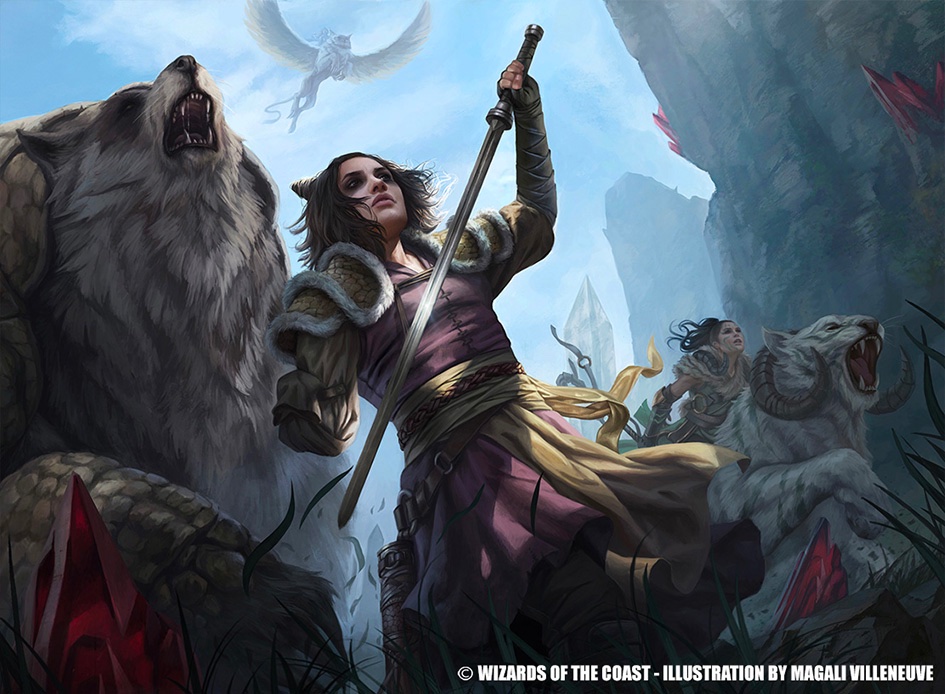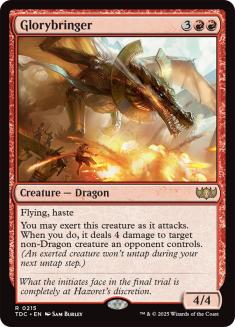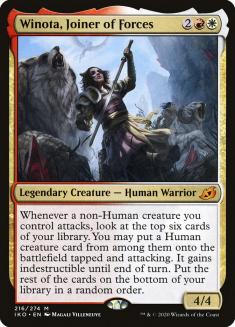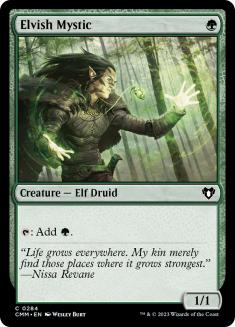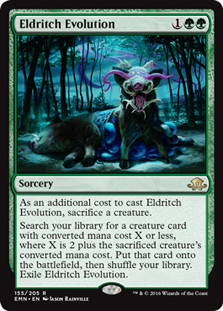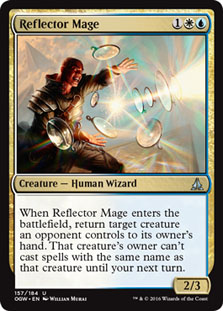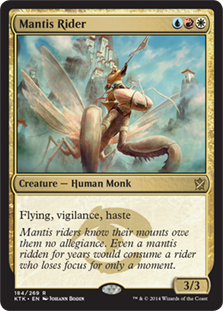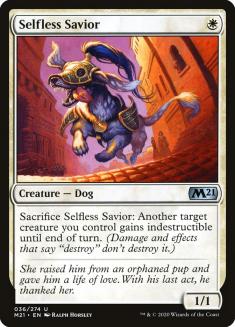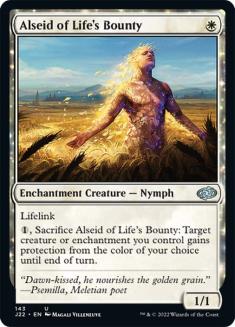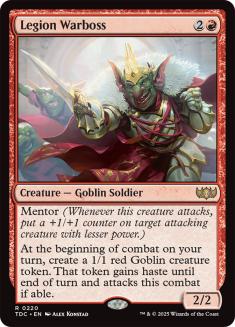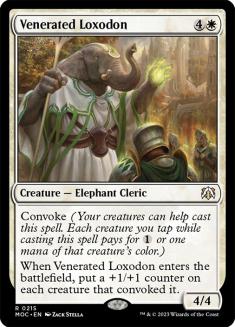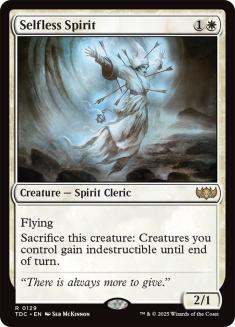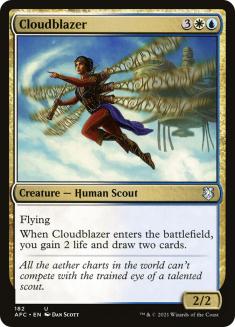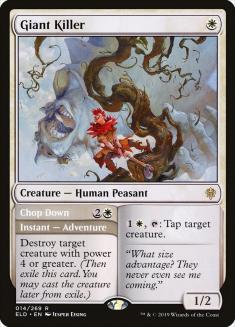Since Players Tour Phoenix, the Pioneer format has been defined by combo decks. Between Dimir Inverter, Lotus Breach, and Mono-White Heliod, you could expect to face combo many times each tournament. It proved difficult to run interaction for all three decks simultaneously, so the format mostly consisted of combo decks trying to disrupt and race each other with a smattering of very fast aggro.
But that all changed with the recent bannings. Wizards obliterated these top three combo decks and reverted the format to the extremely fair state it was in prior to the release of Theros Beyond Death.
To refresh your memory, this was the format where interaction was king. Mono-Black Aggro utilized Fatal Push, Murderous Rider and Thoughtseize to dismantle opposing synergies before grinding to victory with recursive creatures. Mono-Red Aggro combined burn spells with expensive threats that double as removal, such as Glorybringer and Chandra, Torch of Defiance. Control decks interacted up the curve before gaining massive advantage with Dig Through Time.
In summary, the cards on the battlefield were of utmost importance, rewarding creatures and cheap interaction. Resilience was key to any successful deck. All archetypes had to weather the storm of opposing interaction and still end up in a strong position.
I expect this post-ban format to be much the same and thus I want to play a deck that makes spot removal look bad and generates a massive advantage as quickly as possible. In order to achieve this, I look to one of the most powerful cards printed since Theros Beyond Death: Winota, Joiner of Forces.
Winota works incredibly well with creatures too weak to warrant removal and token-makers that generate multiple bodies. As soon as you get one attack step, it generates a force so massive that no normal deck can hope to win. Revolting Fatal Push is difficult in Pioneer, so Winota’s stats will make it hard to remove unless your opponent leaves three or more mana open. In that case, you can just keep making other plays and eventually force them to interact with those.
Historically, Pioneer Winota decks played green in addition to red and white. This provided an extremely fast goldfish as Turn 3 Winota led to Turn 4 kills. But this approach is not very resilient. Mana creatures are easily disrupted by spot removal, which I expect a lot of.
These decks also relied on Eldritch Evolution, which is a very feast-or-famine card. When it works, you find Winota ahead of schedule and win on the spot. When it doesn’t, it results in card disadvantage or, worse yet, sits in your hand. That is a great trade-off for a non-interactive combo format, but it is suboptimal for the interactive, value-based format that we are now entering.
The final problem with decks like this is that they have a lot of moving parts and thus are quite vulnerable to Thoughtseize. Since the discard spell is arguably the best card in the format now, this problem is larger than it seems.
As a result of all this, I prefer a different splash in this new post-banning world. Blue offers Reflector Mage, which is extremely good in creature mirrors while being castable if you happen to draw it. If Pioneer ends up having a large number of creature decks, Reflector Mage is going to look absurd.
Mantis Rider is likewise a fundamentally good Magic card that happens to be a good Winota hit. Let me first, though, offer this disclaimer: Pioneer is an extremely new format and as a result this list is far less polished than what I generally present. Please take all the choices involved with a grain of salt.
Creatures (32)
- 3 Mantis Rider
- 4 Reflector Mage
- 4 Angrath's Marauders
- 4 Goblin Instigator
- 3 Legion Warboss
- 4 Venerated Loxodon
- 2 Alseid of Life's Bounty
- 4 Winota, Joiner of Forces
- 4 Selfless Savior
Lands (24)
Spells (4)

As you can see, this deck is designed from the ground up to make opposing spot removal bad. The one-drops are cheap enough that it’s usually fine if the opponent spends removal on them. The two-drops all generate multiple bodies. Angrath’s Marauders will be indestructible when it appears off a Winota trigger, and after that the damage is literally already done.
Venerated Loxodon and Reflector Mage both have enters-the-battlefield abilities powerful enough to be worth a card. Even Winota and Legion Warboss generate value if your opponent taps low for even a single turn. The only card that really trades unfavorably with spot removal is Mantis Rider. But at least everyone’s favorite Monk can take out a planeswalker or deal three damage on the turn it comes in.
This list also has a ton of powerful synergies. The four Selfless Saviors and two copies of Alseid of Life’s Bounty make the deck very good at protecting high-value targets. That means that it will be difficult for opponents to remove Winota, but it also helps Legion Warboss and Mantis Rider get their hits in.
With the Naya list, Angrath’s Marauders could be removed if it didn’t produce lethal immediately. With this deck, you have a realistic chance of getting another swing with it to finish off your opponent. These one-drops are also Winota enablers and help power up Venerated Loxodon. Honestly, six might not be enough.
Legion Warboss is great in this deck because the card generates Winota triggers even if you untap with no other creatures on the battlefield. This scenario is going to come up whenever you use a one-drop to save Winota from a sweeper. There is also a chance it could come up in an interactive game when you save the Joiner of Forces from spot removal after your opponent has answered your other threats.
I have chosen to include Legion Warboss over Goblin Rabblemaster in this deck because losing your Goblin tokens before Winota hits the table is a big downside. Legion Warboss only forces the tokens to attack on the turn they are created rather than every turn of the game. It also doesn’t force Goblin Instigator or its associated token to attack.
The other thing this deck has going for it is Venerated Loxodon. Between Raise the Alarm and Goblin Instigator, this deck will be able to cast the Elephant on Turn 3 almost every time. In fact, a draw consisting of two Raise the Alarms and a Selfless Savior results in a Turn 3 Loxodon for the full five counters! But the Elephant also works well with Mantis Rider, since you can attack and then use it to convoke. Loxodon offers this deck a powerful backup plan for whenever it does not draw its signature card.
In the sideboard, I have tried to solve every problem the deck could be faced with using a creature. In order to maintain enough non-Human enablers and Human payoffs, we need to keep the creature count as high as possible. Be aware that when sideboarding, you want to keep this mix at least somewhat balanced. If you remove three non-Humans, don’t add three Humans!
Selfless Spirit offers protection from sweepers. Cloudblazer provides card draw to put you ahead in preparation for a sweeper or to just grind out slower decks. Adventure creatures are great in this shell since they provide interaction while still keeping the counts up. Giant Killer handles large green creatures and Glorybringer, while Bonecrusher Giant removes small aggressive threats.
Finally, I have included one copy of Lavinia of the Tenth. If you put in Lavinia off a Winota trigger, your opponent will be near-helpless to block this turn or attack on their turn. That alone makes it invaluable in creature-heavy matchups. But the card also has protection from red, which is pretty useful if Mono-Red does make a resurgence. Lavinia is expensive and legendary, so I only have a single copy, but the effect is certainly powerful.
With the format this wide open I am not yet sure exactly what matchups we’re likely to face. The two Negates and Declaration in Stone serve as powerful catch-alls that should be able to manage anything the other cards could not. As the format develops, it seems entirely possible to me that these slots could go to more precise answers. Since they are not creatures, I plan to never have Negate and Declaration in my deck at the same time, as it dilutes the synergy too much.
Playing Jeskai Winota
When piloting this deck, don’t be afraid to make chump attacks to generate Winota triggers. Angrath’s Marauders and Reflector Mage can completely turn around lopsided combats, but even if you just hit a Mantis Rider, it’s still usually an upgrade from a Goblin token.
In most matchups, you should prioritize having Winota in your opening hand since it is your best card by a lot. But against Thoughtseize decks, you should prioritize having a strong setup since Winota herself can be taken from your hand. Then, if you do topdeck Winota, you are in a great position to win.
Because your deck contains force multipliers like Venerated Loxodon and Winota, you generally would prefer that both players have large battlefields. As a result, you should decline trades when it will not cost you too much to do so. A random Soldier token is more valuable than an opposing 2/1 if it generates a Winota trigger next turn. It is sometimes more valuable even if it won’t generate that trigger for two more turns.
When your opponent is playing a control deck with sweepers, you should often cast Winota when they tap low, even if it leaves you vulnerable. It doesn’t take that many triggers to generate lethal if one of them is Angrath’s Marauders, and if you have a way to protect Winota, you can recover very quickly.
Be aware that when you control Angrath’s Marauders, you have to assign damage normally, and then it gets doubled. For example, let’s say you have a 3/3 being blocked by a 3/3 and a 2/2. As usual, before you can assign any damage to the 2/2, you must first assign three damage to the 3/3. This gets doubled to six damage on the 3/3, and the 2/2 will live to fight another day. I see people mess up this rules area a lot, so don’t be fooled!
Most people will react to the bannings by playing a deck that was previously good. If you want to be a step ahead of those people, I recommend playing Jeskai Winota. It is powerful and proactive, exploiting the Level 1 strategies the hive mind will likely adopt. It also happens to utilize one of the most fundamentally powerful cards printed in recent memory.
It’s time to join some forces.

